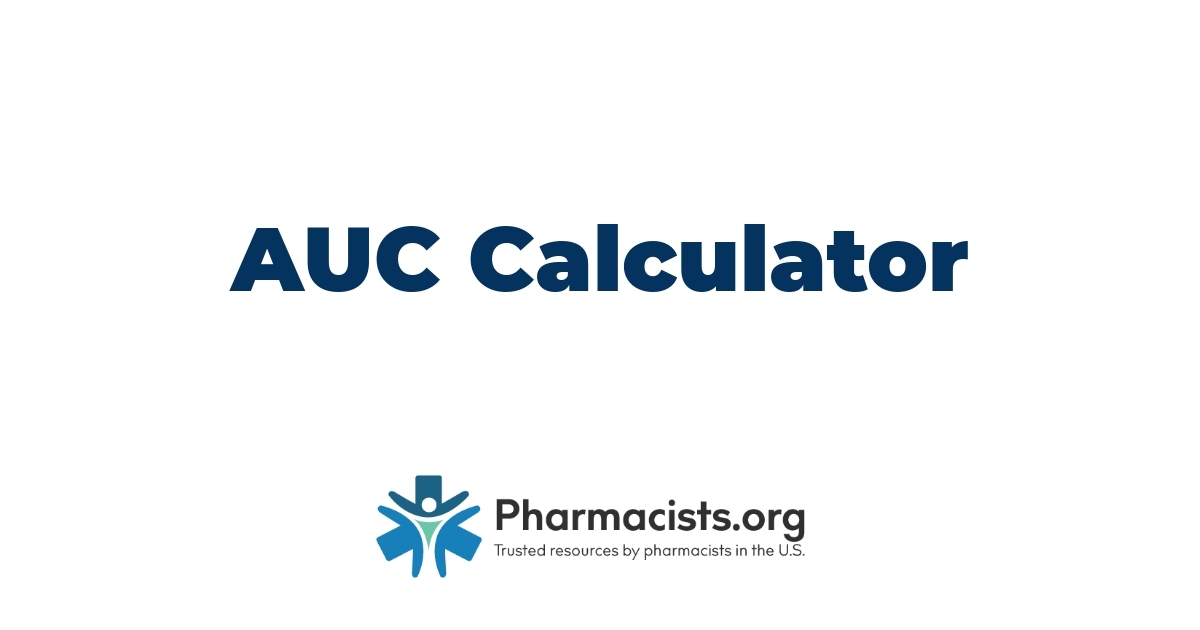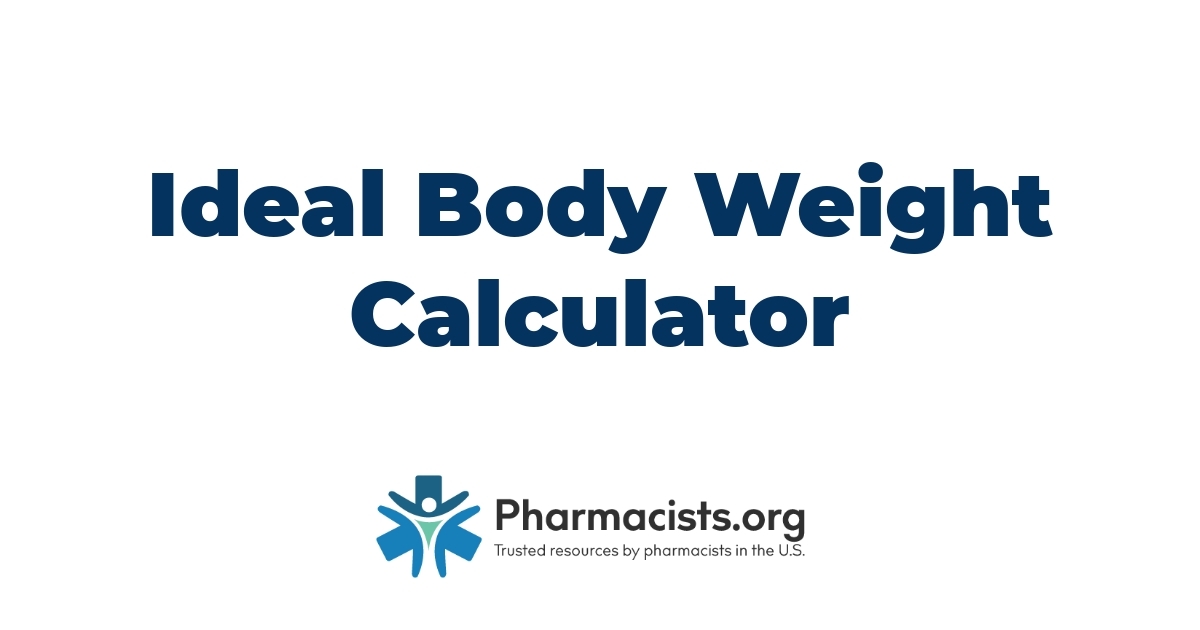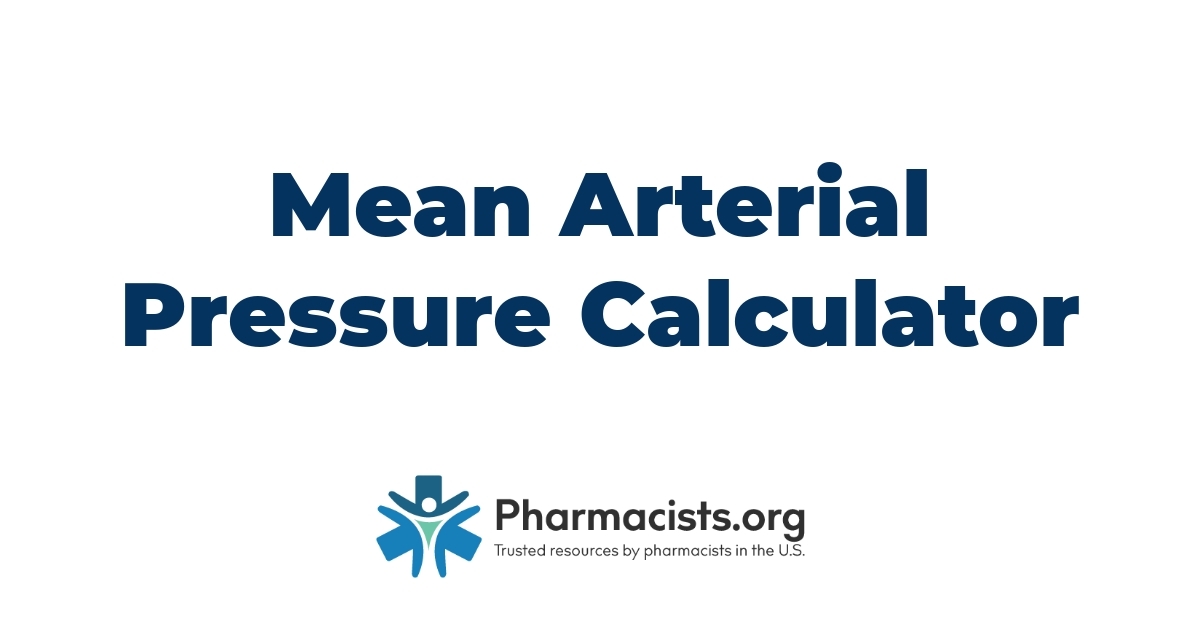Understanding the AUC Metric
What Does AUC Stand For?
AUC represents the “Area Under the Curve” in a graphical plot that illustrates the performance of a binary classification system. When we talk about the AUC metric, we’re referring to a method that quantifies how effectively a model can distinguish between two classes. In simpler terms, it’s a measure of a drug’s effectiveness over time, providing us with insights into its pharmacokinetics attributes such as absorption, distribution, metabolism, and excretion.
Understanding AUC becomes crucial when we assess the efficacy of new pharmacological compounds. It offers us a lucid, numerical value derived from plotting the true positive rate against the false positive rate at various threshold settings. The closer the AUC is to 1, the better our model is at predicting the correct classification, meaning a drug’s effects are well-understood and predictable across different dosages and patient profiles.
Importance of AUC in Machine Learning
In the field of machine learning, AUC transforms into an essential metric for enhancing the accuracy and reliability of predictive models. These models, when applied to pharmaceutical research, empower us to make data-driven decisions about a drug’s potential in the marketplace. By leveraging AUC in machine learning, we assure that our predictive models aren’t just randomly guessing but are making informed predictions based on the vast data pools of patient responses and drug interactions.
For pharmacy owners and healthcare professionals, understanding the significance of AUC in machine learning translates to better patient outcomes. It enables us to sift through complex data to identify which treatments will be most effective for individual patients, considering the myriad variables that can affect drug efficacy. This precision medicine approach helps in minimizing side effects and maximizes therapeutic benefit, steering us towards a more personalized healthcare system.
Exploring AUC Calculators
Key Features of AUC Calculators
AUC calculators, pivotal in the realm of pharmacokinetics and machine learning, offer a suite of functionalities designed to measure and interpret the effectiveness of drugs accurately. Recognizing the intricate needs of pharmacy owners and pharmacists, these tools encapsulate features that simplify complex data analyses. Notably, they enable the quantification of a drug’s absorption and excretion rates, vital for assessing its pharmacological impact. Also, AUC calculators help the comparison between various therapeutic agents, providing insight into their relative efficacies and safety profiles.
One of the key features includes the ability to generate precise AUC values from concentration-time data, a critical factor in determining the optimal dosage and frequency of drug administration. These calculators also support multiple data input formats, allowing for flexibility in data management and analysis. Also, they often come equipped with graphical interfaces that visually represent the pharmacokinetic parameters, enhancing the understanding of the drug’s behavior over time.
How AUC Calculators Work
Understanding the mechanics behind AUC calculators sheds light on their indispensable role in pharmaceutical research. At their core, these calculators employ mathematical models to analyze drug concentration-time data, leveraging algorithms to compute the area under the curve. This area, indicative of the drug’s exposure to the body over time, provides a comprehensive measure of the drug’s bioavailability.
The process begins with the input of concentration-time data, typically obtained from clinical trials or laboratory tests. These data points are then processed through the calculator’s algorithm, which integrates the curve to calculate the AUC. Sophisticated calculators adjust for various factors that might influence the accuracy of the AUC value, such as the rate of drug elimination and the interval between doses.
Plus to calculating the AUC, these tools can perform additional analyses, like determining the maximum concentration (Cmax) and the time to reach maximum concentration (Tmax). Such detailed metrics are invaluable for pharmacists and pharmacy owners, as they guide therapeutic decision-making, ensuring that patients receive the most effective and safe drug regimen.
For our audience, it’s crucial to recognize that AUC calculators are more than just computational tools. They embody a convergence of technology and pharmacology, enabling data-driven insights that inform drug development and patient care strategies. By harnessing the power of AUC calculators, pharmacy professionals can enhance their service delivery, contributing to improved patient outcomes and advancing the field of pharmacotherapy.
Comparing Different AUC Calculators
Online AUC Calculators
Online AUC calculators present a convenient option for quick calculations. These web-based tools allow users to enter concentration-time data and receive instant AUC results. Key advantages include their accessibility from any device with internet connectivity and often at no cost. But, while they’re incredibly useful for swift assessments, the reliability and privacy of data can vary across platforms. It’s essential for pharmacy owners to select online calculators that guarantee data security and comply with healthcare information regulations.
One notable aspect of online AUC calculators is their simplicity. Designed for immediate use, these calculators often skip complex functionalities, making them ideal for straightforward calculations. Pharmacy professionals seeking to compare the bioavailability of different pharmaceutical agents or to make quick therapeutic decisions might find these tools especially helpful. Nevertheless, for more detailed pharmacokinetic analysis or research-oriented tasks, other types of calculators may be more suitable.
AUC Calculator Software
Dedicated AUC calculator software represents a more robust option for pharmacokinetics analysis. Unlike their online counterparts, these software solutions are installed directly onto a computer, offering a higher level of data security and advanced computational features. Pharmacy owners and researchers can benefit from enriched functionalities, including the ability to handle large datasets, perform multiple calculations simultaneously, and customize parameters according to specific research needs.
The sophistication of AUC calculator software lends itself well to comprehensive drug evaluation and pharmacokinetic modeling. The inclusion of graphical outputs, for instance, enables users to visually analyze drug absorption and elimination over time. Through these tools, pharmacists can attain a deeper understanding of drug behavior, supporting optimized therapeutic regimens and patient care strategies. Given their complexity and capability, software calculators are best suited for professionals requiring detailed analysis and those engaged in pharmaceutical research.
Integrated AUC Tools in Data Analysis Platforms
Integrated AUC tools within broader data analysis platforms offer a seamless blend of pharmacokinetic calculation with extensive data management capabilities. These platforms cater to the comprehensive needs of pharmacy operations, from research and development to clinical applications. By incorporating AUC calculation as part of a suite of analytical tools, they help a holistic approach to drug assessment and patient care management.
Pharmacy owners leveraging these integrated platforms can expect not only to compute AUC values but also to access a wide array of functionalities, such as drug interaction checkers, patient management systems, and inventory management solutions. This integration enhances operational efficiency, reducing the need to switch between multiple tools for different tasks. Especially for pharmacies involved in clinical trials or offering personalized medication services, these platforms provide a valuable resource, combining precision in pharmacokinetics with the practicalities of day-to-day pharmacy management.
Using an AUC Calculator
Step-by-Step Guide to Calculating AUC
Calculating the AUC can seem daunting at first, but with the right approach, it becomes a straightforward process. Here’s how to do it accurately:
- Selection of the Right AUC Calculator: Begin with selecting the appropriate calculator for the data at hand. Online calculators suit quick assessments, software calculators offer detailed analyses, and integrated tools in data analysis platforms are best for comprehensive evaluations.
- Data Preparation: Gather and prepare your dataset. Ensure the data points are accurate, as this step is critical for the reliability of the AUC calculation.
- Input the Data: Enter the dataset into the calculator. This typically involves inputting or uploading values that represent your variables of interest, such as drug concentrations over time or true positive rates versus false positive rates in machine learning applications.
- Run the Calculation: Execute the calculation by following the instructions provided by the AUC calculator. The process may vary depending on the software or online tool you’re using.
- Interpret the Results: Analyze the output, which is the AUC value. In pharmacokinetics, a higher AUC value indicates a greater exposure to the drug, while in machine learning, a higher AUC reflects better model performance.
By adhering to these steps, pharmacy owners and researchers can leverage AUC calculators to derive meaningful insights from their data, guiding effective decision-making in their practice.
Tips for Accurate Calculation
To enhance the accuracy of AUC calculations and ensure they bolster decision-making in pharmacy practice, consider the following tips:
- Verify Data Quality: Before calculation, validate the integrity and accuracy of your data. Incorrect or incomplete data can significantly skew the results.
- Understand the Calculator’s Algorithm: Familiarize yourself with how your chosen calculator determines AUC. This knowledge can help in understanding the limitations and applicability of the results.
- Consistency in Data Presentation: Ensure that the format and units of your dataset align with the requirements of the calculator. Inconsistencies can lead to incorrect calculations.
- Regular Updates and Calibration: If you’re using software or an integrated calculator, keep it updated to the latest version. Developers frequently refine algorithms and add features that can improve accuracy and functionality.
Real-World Applications of AUC
AUC in Medical Diagnostics
In the realm of medical diagnostics, AUC stands as a significant metric for evaluating the performance of diagnostic tests. Given the imperative to diagnose conditions accurately, AUC helps in distinguishing between the presence and absence of diseases with a high degree of precision. For instance, in conditions like diabetes or cardiovascular diseases, the AUC of a test can reveal how well it can identify patients with the disease apart from those without. Tests with an AUC closer to 1 are generally considered excellent, reflecting high sensitivity (true positive rate) and specificity (true negative rate).
Also, employing AUC calculators in this context enables healthcare professionals to compare the efficacy of different diagnostic tests. This comparative analysis is crucial when deciding on the most appropriate test for diagnosing a particular condition. Pharmacy owners, in keeping with their role as healthcare providers, can use this information to advise on the most reliable tests, thereby ensuring patients receive the most accurate diagnostics available.
AUC in Predictive Modeling
Predictive modeling, another important application of AUC, leverages historical data to forecast outcomes. In the pharmaceutical industry, predictive models play a key role in anticipating the potential success of new drugs, based on various parameters including patient demographics, disease prevalence, and drug efficacy. The AUC metric, in this context, evaluates how well a model can distinguish between different outcomes. A high AUC value signifies that the model has a good degree of accuracy in prediction, which is essential for making informed decisions about drug development and marketing strategies.
Pharmacy owners can use AUC-driven predictive models to manage stock levels more efficiently, forecast demand for new medications, and tailor their services to meet patient needs. For example, by analyzing AUC values from predictive models, a pharmacy owner can determine which medications are likely to see increased demand, ensuring they are adequately stocked and available to the patients who need them.
I am a pharmacist, community pharmacy consultant, and medical writer with over 12 years of clinical practice experience in community, outpatient health system, long term care, and academic settings. I am also the founder of PharmCompliance.com, a website dedicated to the success of community pharmacy.
As a pharmacy project manager, I led the implementation of new service lines, assist with ensuring legal and third-party compliance for over 70 retail stores, lead quality improvement and medication safety initiatives, write policies, procedures, and best practices for all our retail sites, and help with optimizing revenue cycle and pharmacy profitability. I have been responsible for DMEPOS and vaccine accreditation through CMS, obtaining new licenses and permits, and implementing a prescription drug kiosk embedded in our physician offices.
As a medical writer, my work has been featured in GoodRx, Pharmacy Times, Drug Topics, Patient Care Online, and in peer-reviewed journals. I have also given presentations on a range of topics, from disease state pharmacotherapy for medical residents to updates on the CDC vaccine storage and handling guidelines for a medical-grade refrigerator and freezer manufacturer. I have written and presented continuing education for CEImpact, FreeCE, AchieveCE, Ascension Health, and the Florida Department of Health.
Owner, entrepreneur, and health enthusiast.
Chris is one of the Co-Founders of USA Rx.com. An entrepreneur at heart, Chris has been building and writing in consumer health for over 10 years.
Chris has a CFA (Chartered Financial Analyst) designation and is a proud member of the American Medical Writer’s Association (AMWA), the International Society for Medical Publication Professionals (ISMPP), the National Association of Science Writers (NASW), the Council of Science Editors, the Author’s Guild, and the Editorial Freelance Association (EFA).
Our growing team of healthcare experts work everyday to create accurate and informative health content in addition to the keeping you up to date on the latest news and research.

































